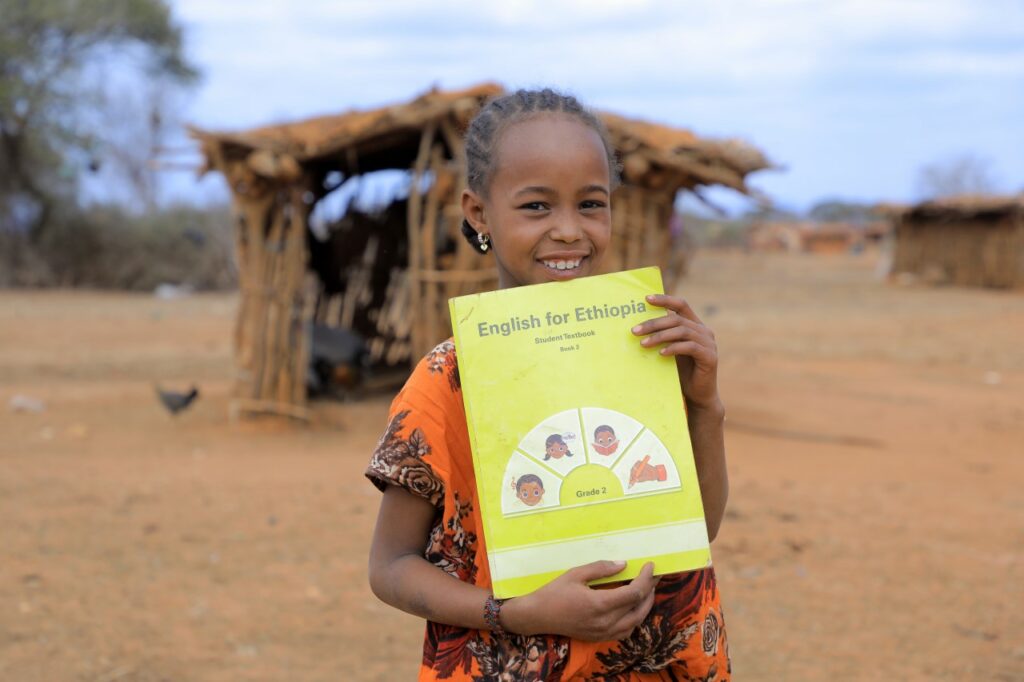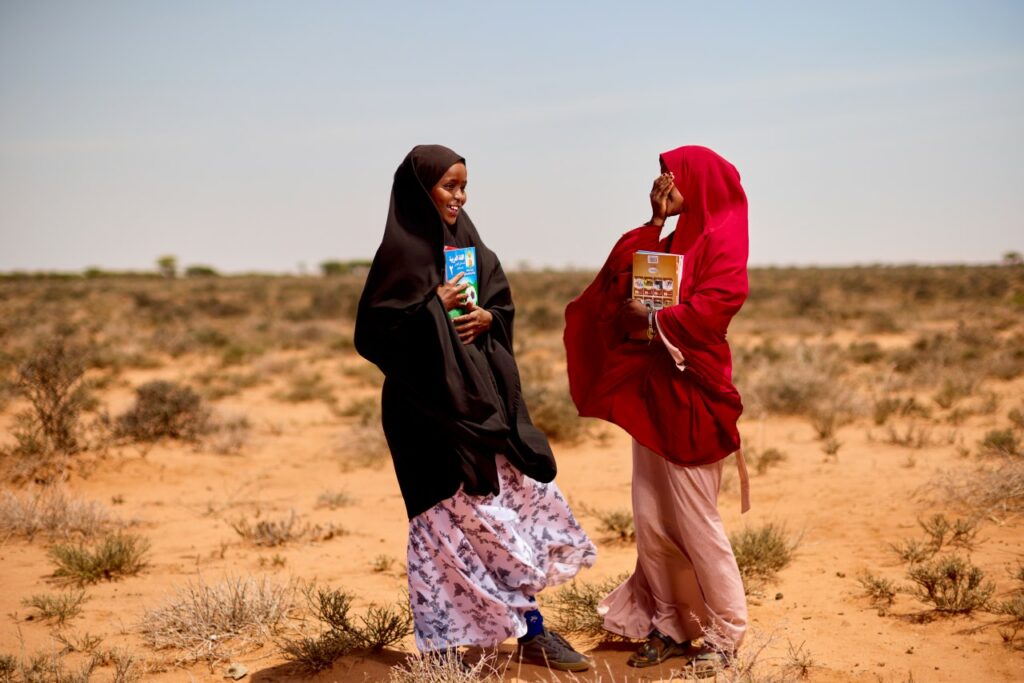Recognizing that education is a human right and a foundation for peace, tolerance, other human rights and sustainable development, the United Nations (UN) Secretary-General is convening world leaders for the Transforming Education Summit (TES) on Monday, 19 September 2022.
Why is the TES being convened now? There is an ongoing global crisis in education – one of equity and inclusion, quality and relevance. Often slow and unseen, this crisis is having a devastating impact on the futures of children and youth worldwide. Therefore, we’re calling on governments to include young people in education-related decisions that directly affect them.
Last June the United Nations global fund for education in emergencies and protracted crises, Education Cannot Wait (ECW), released a shocking new report on children in need of education at a global level. The report indicates that the number of crisis-impacted school-aged children requiring educational support has grown from an estimated 75 million in 2016 to 222 million today. This is more than triple the 2016 number.

Out of these 222 million, 78.2 are out of school children, children than never went to school or have dropped out of school because of conflict, gender-based violence or socio-economic reasons. It is more than the total population of Thailand. It is as if the whole population of Germany was not in school. Of the remaining 143.8 million, 119m are children who are not achieving the minimum proficiency in reading or mathematics.
About 84% of out-of-school children in emergency – about 65 million people – live in ten countries alone (Ethiopia, DRC, Pakistan, Afghanistan, Yemen, Sudan, Mali, South Sudan, Nigeria, Somalia). This is about the population of Great Britain.
In June 2022, the Global Coalition to Protect Education from Attack (GCPEA), published the report Education Under Attack 2022. According to the report, attacks on education and military use of schools increased by one-third in 2020 compared to 2019 and remained at the same high rate in 2021.
When a school becomes a war target, school closure causes more than just learning loss. Children and teachers face psychological trauma of being in the line of attack. In the GCPEA report, we find the story of Rose, a 13-year-old student in Syria, who declares: “I used to go to a school … but it was destroyed during the ongoing conflict. I moved to another school … but it also was attacked and damaged and is no longer a place where we can learn… Now I can tell you I am afraid that my school will be hit again.”
In November 2020, Plan International conducted a needs assessment in the North west and South West Regions of Cameroon that was focused on adolescent girls, revealing that many girls were reluctant to go back to school because of insecurity. In some instances, both adolescent boys and girls reported fear of going to school because they may be subject to arbitrary arrest detention by armed forces and/or non-state armed groups, harassment, sexual abuse and violence.

Natural and man-made disasters also hugely affect children’s capacity to access quality and safe education. As the Guardian has recently highlighted, several countries such as Ethiopia, Somalia, South Sudan, Yemen and Afghanistan – have sections of their population living with phase-5 catastrophic levels of hunger, the highest according to the UN Food and Agriculture Organization.
Alongside this, a state of emergency has been recently declared in Sudan and Pakistan due to flooding, with schools destroyed or closed and children missing out on education once again.
Conflict and disasters heighten the barriers children, especially girls, face in accessing inclusive quality education. Right now, the latest hunger crisis is having a devastating impact on girls’ education in the Horn of Africa in particular, but also across the African continent from Somalia to Senegal.
When it comes to food insecurity, girls are disproportionately affected as child and early forced marriage typically increases during these periods as families adopt negative coping strategies. This in turn increases school drop-out rates, early or unintended pregnancies, and exploitation.
For adolescent girls, the impacts of conflict and crisis are devastating and compound the barriers they already face in accessing education, exacerbating pre-existing gender discrimination and harmful practices, which have lifelong consequences.
What are young people calling on world leaders to do?
The TES will be a chance for governments to commit to transforming education at both the national and international level. But with so many competing priorities in a world that seems to be in unending crisis, will they respond to the appeal of the young people on the frontline of these crises?